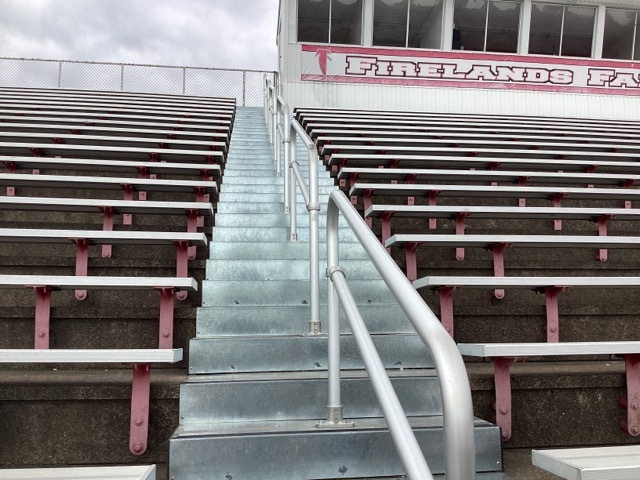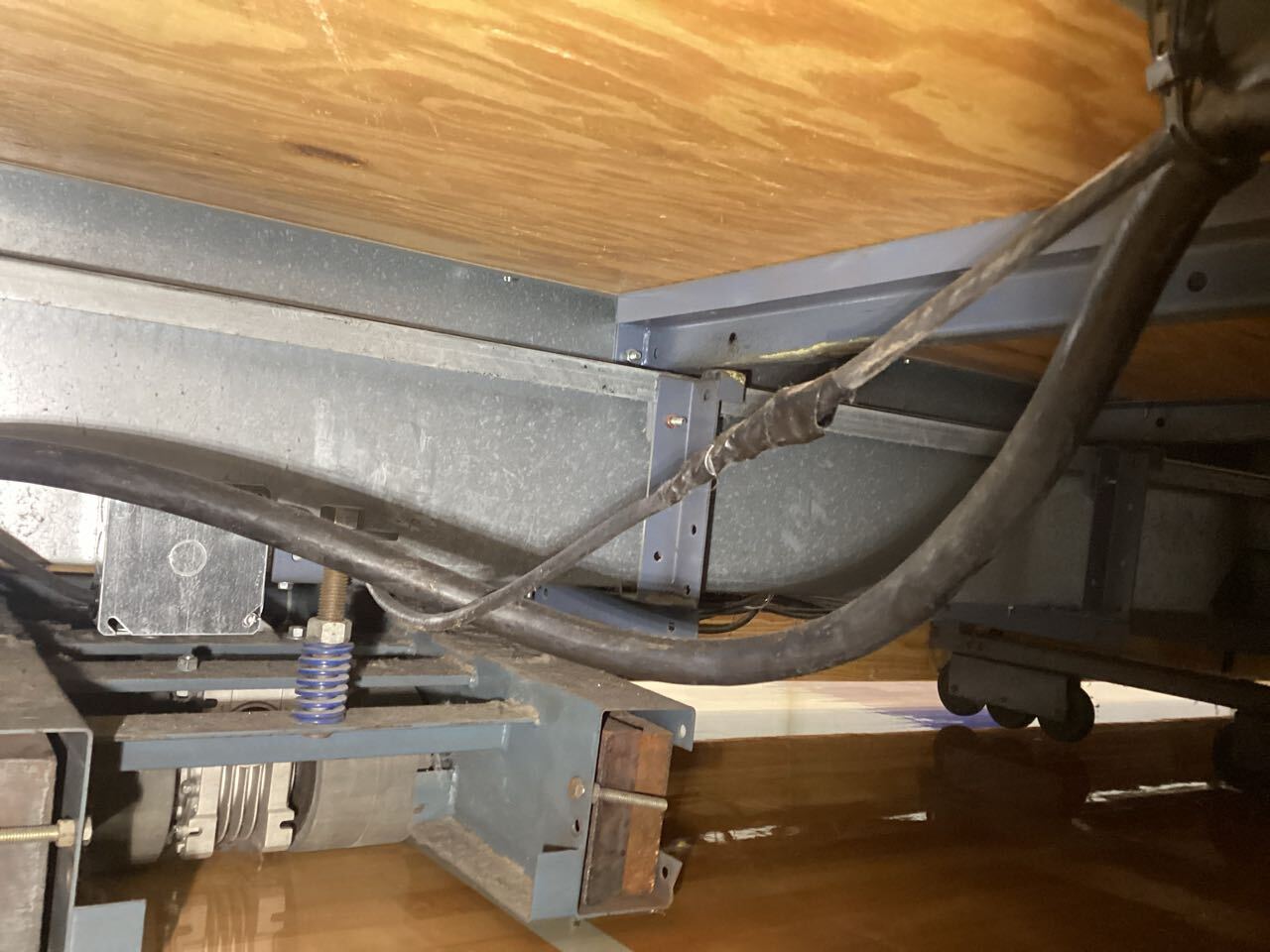‘Tis the season for holiday breaks and empty hallways. As students depart to spend time with their families, we know you’ve already made your list and you’re checking it twice – your maintenance list that is. Here are a few tips to help you cross some items off your list this holiday season when it comes to Bleaches and Athletic Equipment.
Indoor Telescopic Bleachers:
Inspection: Whether you’re doing the all-inclusive annual inspection by bringing someone in, or you’re reviewing your equipment yourself, you want to make sure you take a look at everything from the understructure down to the hardware. If you’ve recently had an inspection, take a look at your report again to make sure you have corrected any deficient items.
Cleaning: One of the best and easiest things you can do preventative maintenance wise for your indoor bleachers is to clean the bearing surface. This is the space underneath your telescopic bleachers both in the open and closed position. Often, cleaning up the mess after a big game means to close the bleachers and clean the floor where debris fell through. This is a good start, but you have to also beware of what lingers on the bearing surface where the bleachers sit in a closed position. This is where dust and debris tend to collect.
The most obvious reason to clean under the bleacher is for sanitary reasons, from food, soda, wrappers, and dust this is a breeding ground for bacteria. The sometimes not so obvious reason: It can do some major damage to your power system and the understructure. The dust and debris can cause a domino effect with damage to the drive wheels that will impair tracking and alignment and this type of damage isn’t covered under your warranty because it is 100% preventable.
Hardware: Tighten and replace loose and missing hardware. This one is pretty basic, you want to make sure the hardware throughout your unit isn’t damaged, rusted, missing, or loose. This goes for the understructure, aisle rails, guardrails, seat components and so on. Your hardware should be looked at on a regular basis during normal operating procedures. If you see something wrong you should fix it or have it fixed to prevent additional damage to the components that it is holding together.
Missing or Damaged Row Locks: Row locks are an important component of all telescopic bleachers. They are needed to prevent one row from closing before it is intended to be closed to stay in the proper sequence. There are many people out there that work on bleachers that say it is ok to just take the row locks off if they get damaged if the bleacher is powered. This is not the case. The typical damage is from unauthorized people going under the bleachers, tripping on the row locks and bending them, causing additional problems. This also happens to some manufacturers’ interlocking guide rods. When you catch them with your foot and they pull out, the structural frames are no longer interlocked together and it creates a problem with guidance and can lead to loss of structural support.
Damaged Seats: Cracked, damaged, and loose seating can cause an unstable seating surface for your patrons and can cause a cut hazard with sharp edges and splinters. Baseballs can break the faces of Wood Planks/Riser Boards and the faces of Plastic Seat Modules. People stomping on the tops of seats can break holes in them also. When either one is broken, there are sharp edges that can injure your spectators. These items should be repaired. Loose hardware on seats can also cause someone to fall resulting in personal injury and liability.
Outdoor Bleachers:
The outdoor events have come to a close this season as everyone has moved indoors, now is the time to plan for spring and schedule your spring inspections before the weather warms up again.
Athletic Equipment:
Just as your bleachers and grandstands have loose bolts and everyday wear, so does your Athletic Equipment and now is a good time, if you haven’t already, to schedule inspections and preventative maintenance for your athletic equipment including: Basketball Backstops, Divider Curtains, Batting Cages, and Mat Hoists. Most often, the best solution to maintain your athletic equipment is to hire out the preventative maintenance task. This way, you have a qualified person that is factory trained in the proper operation of your equipment, knowing the inner workings and the best solution should there be a problem.
In Need of Emergency Repair?
We have you covered!


